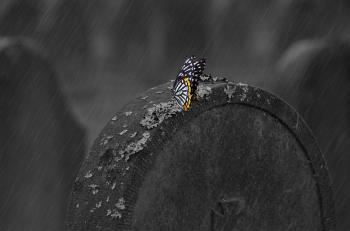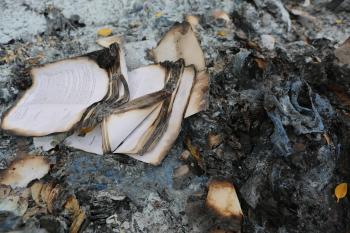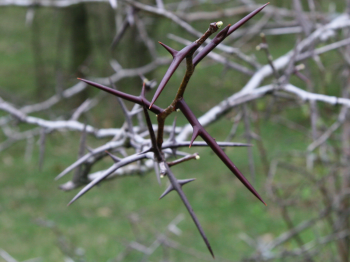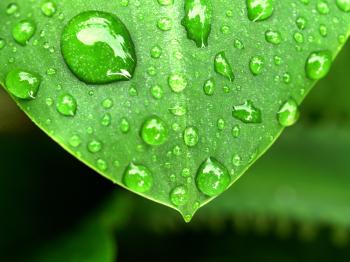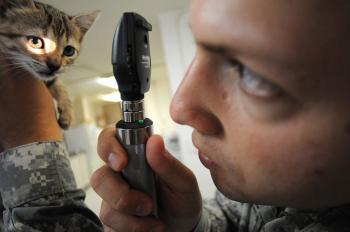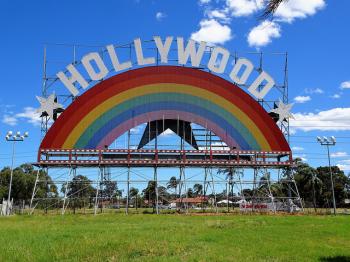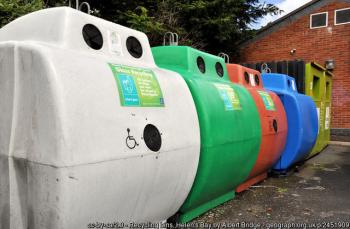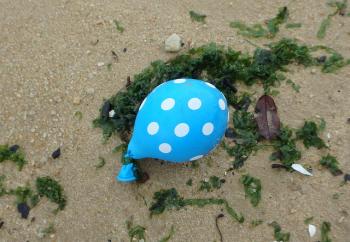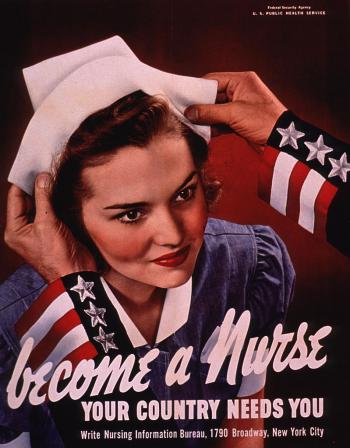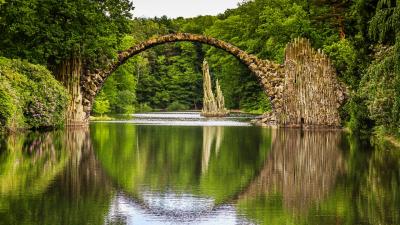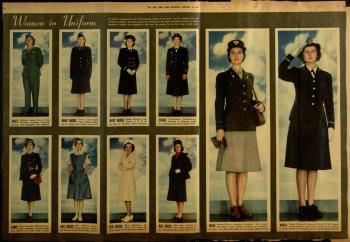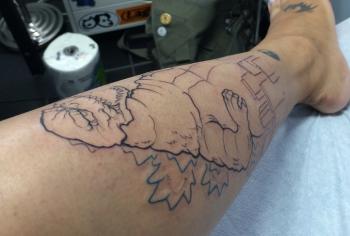Users Who Spiked
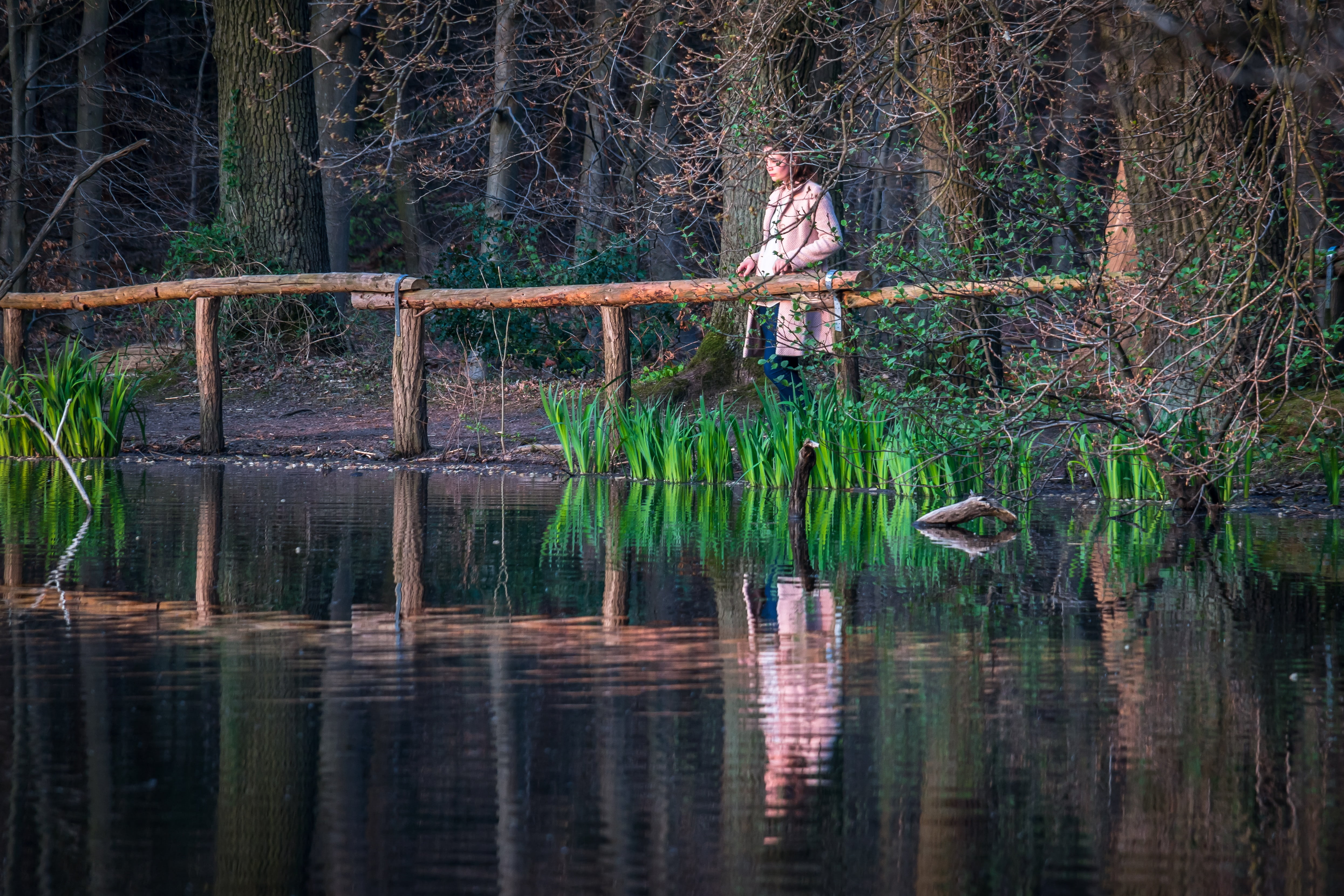
THE WILDERNESS WITNESS: RACHEL CARSON
Private Notes
Private Notes
Notes
Imagine writing something so enlightening, so profound, that it changes the world. In 1962, Rachel Carson published her book Silent Spring which did exactly that. Ever wonder where the modern environmental movement got its start? Now, you have the answer. If you study ecology, environmental engineering, wildlife biology, or just about any conservation-related course, you will have heard her name already. Even if you haven't, this book is one of the most important pieces of science communication - or literature - ever written.
The reason Silent Spring is so renowned because Rachel Carson's research proved that the chemical DDT was hurting wildlife. It was this book that led to the outcry to ban DDT and other toxic chemicals used in agriculture. It isn't, however, a dry scientific paper describing methods, materials, and conclusions. What makes this book so special is the way Carson tells the tale. She is an expert at description, who paints a picture of the natural world with an almost poetic brush. It was her skill with the written word that moved people into action.
The attention the author received after the publication of Silent Spring wasn't all good. She was harassed by chemical companies and thrown into a spotlight she didn't want. Carson was an introvert who was suddenly under attack in a very public way. Still, she never failed to defend herself and her writing with dignity. She stood by her words until her death, just two years after the book's publication. Near the end of her life, too frail from the cancer that riddled her body to hold her head up, she conducted a final interview with her head in her hands.
Linda Lear published a biography of Rachel Carson called Rachel Carson: Witness for Nature. She spent a decade researching the life of Carson and the life of her written works. She also keeps the website www.rachelcarson.org which exists to motivate future generations based on the work of this famous author and activist. She says of Carson, "Her witness for the beauty and integrity of life continues to inspire new generations to protect the living world and all its creatures."
But Rachel Carson didn't just come out of nowhere holding the manuscript that would change the face of environmental activism and say, "Here you go. You're welcome." No, she was already famous for her writings about the oceans of the world. Her books The Sea Around Us, Under the Sea-Wind, and The Edge of the Sea had brought her critical acclaim and awards long before her attack on DDT. Her writing in these books is no less filled with lyricism and a sense of wonder. She tells the stories of the ocean like none other; lovingly, respectfully, and with a voice that pulls you underneath the waves with her.
This is the third in my new series of science communication profiles. As an aspiring SciComm author, I think it's important to identify and highlight women who are outstanding in the field. College career advisors say to find someone who has the job you want and figure out how they got there. I think that's good advice for anyone. Our idols help motivate and inspire us, no matter what field they're in. I hope you enjoy reading about my idols and how they help shape our concepts of the world.
Read More:
Silent Spring is More than a Scientific Landmark: It's Literature (Literary Hub)
https://lithub.com/silent-spring-is-more-than-a-scientific-landmark-its-literature/
Rachel Carson & Silent Spring (PBS)
https://www.pbs.org/video/american-experience-rachel-carson-silent-spring/
How 'Silent Spring' Ignited the Environmental Movement (The New York Times Magazine)
https://www.nytimes.com/2012/09/23/magazine/how-silent-spring-ignited-the-environmental-movement.html
Linda Lear
http://www.lindalear.com/rachel_carson__witness_for_nature__27233.htm



















